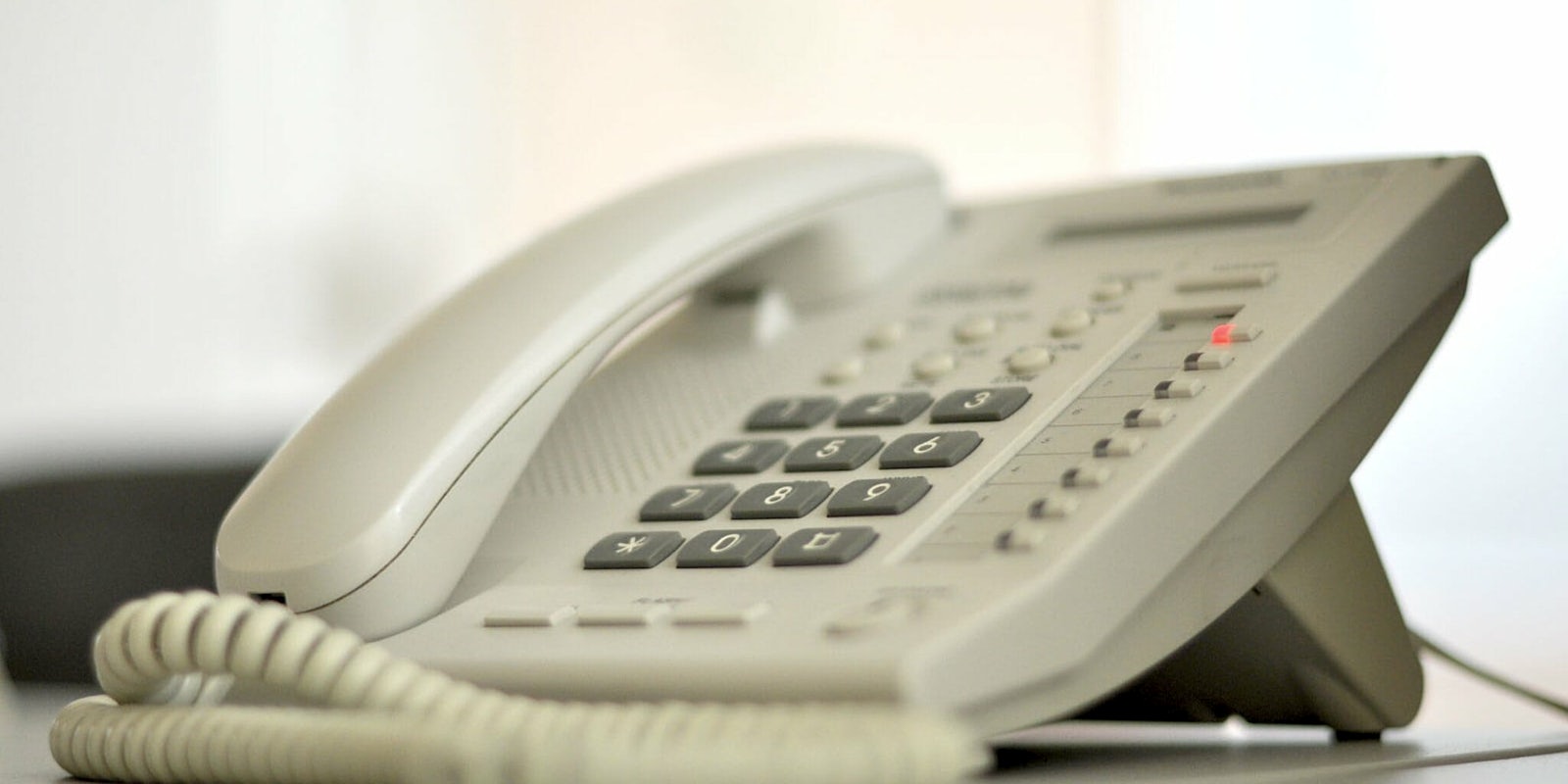On a quiet summer day last July, 30-year old Iraq War veteran Tom Young laid himself down on a stretch of commuter rail tracks outside the Chicago suburb of Prospect Heights and waited to die.
A father of two who served two tours in Iraq with the 10th Mountain Division, Young struggled with alcoholism and had been diagnosed with post-traumatic stress disorder as a result of his time in combat.
Young reportedly left no suicide note or message for his family on that July day when a commuter train barreled down those train tracks and ended his life.
What he did leave was multiple messages on the main crisis hotline at the Department of Veterans Affairs, pleading for help in the days and weeks leading up to his suicide.
What he got was an automated response telling him that a crisis management specialist would return his call—after he left a detailed message.
That call back eventually did come, the day after the former Army specialist took his own life.
That call back eventually did come, the day after the former Army specialist took his own life.
At the time of his death, Young was on a waiting list to receive treatment for his alcoholism at the local VA hospital in Hines, Illinois. It was his third attempt at getting an appointment at the hospital.
“The first two times he was turned away, told he didn’t qualify for treatment because he wasn’t suicidal,” Young’s brother, Will Young, told reporters in Chicago. “The third time he was suicidal and he was put on a waiting list.”
High-profile instances of mismanagement, institutional incompetence and outright fraud and abuse has beleaguered the VA for several years. That said, it may seem a bit too convenient to treat the VA as bureaucratic punching bag, given their unenviable task of trying to adequately cope with the influx of veterans from America’s longest wars.
But in a technological age when one can pay their bills, order a pizza, or even find a date for Friday night with the click of a button or a swipe of a finger, it is unconscionable the VA’s system for dealing with veterans at their most desperate is more akin to Ma Bell than Microsoft.
Created in 2007, the veterans crisis hotline was widely viewed as one of the more innovative and promising programs among the VA’s efforts to deal with the rising suicide rates among America’s newest generation of veterans. The program received national acclaim when an HBO documentary chronicling the tireless efforts of the hotline’s call staff won an Academy Award in 2015.
But months later, a blistering review by the VA’s Office of Inspector General found a significant number of calls to the crisis center were being handled by telecommunications firms contracted out by the VA. Of the nearly half a million calls into the crisis center made by distraught vets in fiscal year 2014, 77,000 were passed on to these outside firms, according to the OIG report.
It is unconscionable the VA’s system for dealing with veterans at their most desperate is more akin to Ma Bell than Microsoft.
While the use of outside contractors by federal agencies is not uncommon, it was the management of these calls by these contractors that was simply appalling.
“We substantiated the allegations that some calls routed to crisis backup centers went into a voicemail system and that the [veterans crisis hotline] and backup center staff did not always offer immediate assistance to callers,” OIG auditors found.
In some cases VA personnel and contracted staff did not even know the hotline had a voicemail message system in place, much less the inclination to check the messages on the system.
It was only in the weeks after the auditor’s report was released did Tom Young’s story come to light.
VA Deputy Secretary Sloan Gibson pushed back against the report’s claims in late February, saying auditors’ findings were out of date and the administration has already taken steps to remedy the gaps in its crisis hotline program.
VA leaders have increased the number of call supervisors and specialists to field veterans’ requests for help, in an attempt to wean the administration off of its dependence on outside contractors. There is also an online chat center that veterans can log into in order to get the help and support they need.
But to a combat veteran who has reached the ultimate breaking point, it is just as inexcusable or even unfeasible to expect a possibly suicidal individual seeking help to log into an online chat forum as it is for that person to leave a voicemail message.
In the military, the saying “I got your six” is not as much a piece of jargon as it is a promise. A promise made between soldiers, sailors, airmen and Marines that no matter what happens, I will be there. I will watch your back.
But at the time when the brutalities of combat hits servicemembers the hardest—when they leave the battlefield and come home—men and women like Tom Young expect the VA to watch their six. Instead they are simply asked to leave a message. And that should be as heartbreaking as it is frustrating to everyone, not just those who have worn the uniform.
If you or a veteran you know needs assistance, call the National Suicide Prevention Lifeline at 1-800-273-TALK (8255) or go online to VeteransChat.
Carlo Munoz is a freelance foreign correspondent focusing on U.S. defense and national security policy, programs and operations. He was most recently a foreign correspondent with the Stars and Stripes, based in Kabul, Afghanistan. He also served as the national security correspondent for BuzzFeed, The Hill and deputy editor at AOL Defense/Breaking Defense. Follow him on Twitter@NatSecCarlo.
Photo via Karolina Kabat/Flickr (CC BY-ND 2.0)


